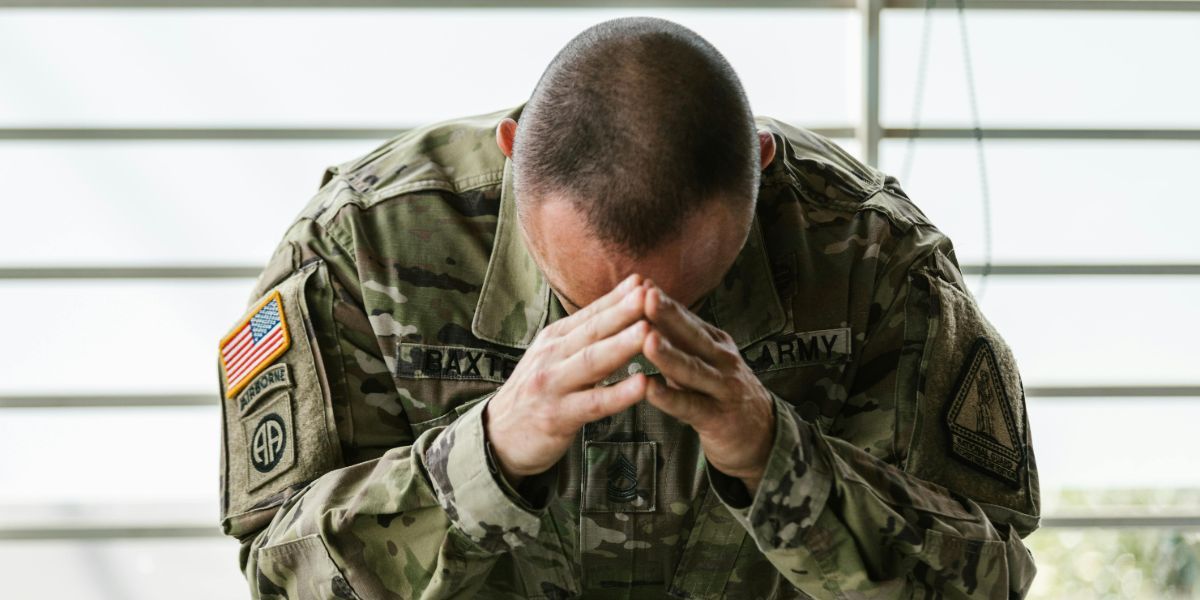What is the Relapse Rate for Alcohol Addiction?
Studies indicate that the relapse rate for alcohol addiction ranges from 40-60% within the first year after treatment completion. This rate is similar to other chronic diseases, underlining the chronic nature of addiction.
- High Relapse Rates: The high relapse rates for alcohol addiction emphasize the ongoing struggle many individuals face in their recovery journey. Despite completing treatment, a significant percentage of individuals relapse within the first year.
- Chronic Nature of Addiction: The relapse rates of alcohol addiction are comparable to those of other chronic diseases. This highlights that addiction is a long-term condition that requires continuous management and care.
- First Year Post Treatment: The first year following treatment completion is a critical period with a high risk of relapse. This period requires intensive support and monitoring to help individuals maintain their sobriety.
Is it Common to Experience Multiple Relapses?
Yes, it is common for many people to experience several relapses before achieving long-term sobriety. On average, individuals make 2-3 serious attempts at sobriety before it becomes sustainable.
- Multiple Relapses: The journey to sobriety is often marked by multiple relapses. These relapses, while challenging, are part of the recovery process and can provide valuable insights into triggers and coping mechanisms.
- Attempts at Sobriety: Achieving long-term sobriety often takes multiple attempts. Each attempt, regardless of its outcome, is a step forward in the recovery process.
- Long-Term Sobriety: Despite the challenges and potential relapses, long-term sobriety is achievable. Persistence and ongoing support are key to overcoming relapses and maintaining sobriety.
Does a Relapse Mean Failure in the Recovery Process?
No, a relapse does not mean failure in the recovery process. Instead, it is a common hurdle that provides an opportunity to learn from triggers and strengthen coping mechanisms.
- Relapse as a Hurdle: Relapse is a common challenge in the recovery process. It does not signify failure but rather highlights areas that need further attention and work.
- Learning from Triggers: A relapse can provide valuable insights into personal triggers. Understanding these triggers is crucial for developing effective coping strategies.
- Strengthening Coping Mechanisms: A relapse can serve as a catalyst for strengthening coping mechanisms. It offers an opportunity to reassess and improve strategies for maintaining sobriety.
How do Long-Term Sobriety Rates Vary?
While relapse rates are high in the initial years, they tend to decrease over time. Research suggests that individuals who stay sober for five years or more have a relapse rate of less than 15%.
- Decreasing Relapse Rates: Over time, the relapse rates for alcohol addiction tend to decrease. This trend indicates that maintaining sobriety becomes more manageable with time.
- Five-Year Sobriety Mark: Reaching the five-year sobriety mark is a significant milestone. Individuals who achieve this have a much lower relapse rate.
- Long-Term Sobriety: Long-term sobriety is associated with lower relapse rates. This underscores the importance of ongoing support and relapse prevention strategies in achieving sustained sobriety.
What is the Difference Between a Slip and a Relapse?
It’s important to distinguish between a slip and a relapse. A slip refers to a single instance of alcohol use, while a relapse indicates a return to significant alcohol use and the reemergence of addiction symptoms.
- Slip: A slip is a single instance of alcohol use. It does not necessarily mean a full return to addictive behaviors or a failure in the recovery process.
- Relapse: A relapse refers to a return to significant alcohol use and the reemergence of addiction symptoms. It represents a more serious setback in the recovery process.
- Distinguishing Slips and Relapses: Understanding the difference between slips and relapses is crucial for managing recovery. It helps individuals and their support networks respond appropriately and effectively.
How Important is Support in Preventing Alcohol Relapse?
Ongoing support and relapse prevention strategies are crucial for maintaining sobriety. Therapy, support groups, and healthy coping mechanisms are all crucial parts of a relapse prevention plan and can significantly reduce the risk of relapse.
- Importance of Support: Support from professionals, family, and peers plays a vital role in preventing relapse. It provides emotional assistance, practical guidance, and accountability.
- Relapse Prevention Strategies: Strategies such as therapy, participation in support groups, and the development of healthy coping mechanisms are essential in reducing the risk of relapse.
- Reducing the Risk of Relapse: With the right support and strategies, the risk of relapse can be significantly reduced. This highlights the importance of a comprehensive and ongoing approach to relapse prevention.
Britney Elyse has over 15 years experience in mental health and addiction treatment. Britney completed her undergraduate work at San Francisco State University and her M.A. in Clinical Psychology at Antioch University. Britney worked in the music industry for several years prior to discovering her calling as a therapist. Britney’s background in music management, gave her first hand experience working with musicians impacted by addiction. Britney specializes in treating trauma using Somatic Experiencing and evidence based practices. Britney’s work begins with forming a strong therapeutic alliance to gain trust and promote change. Britney has given many presentations on somatic therapy in the treatment setting to increase awareness and decrease the stigma of mental health issues. A few years ago, Britney moved into the role of Clinical Director and found her passion in supervising the clinical team. Britney’s unique approach to client care, allows us to access and heal, our most severe cases with compassion and love. Prior to join the Carrara team, Britney was the Clinical Director of a premier luxury treatment facility with 6 residential houses and an outpatient program




